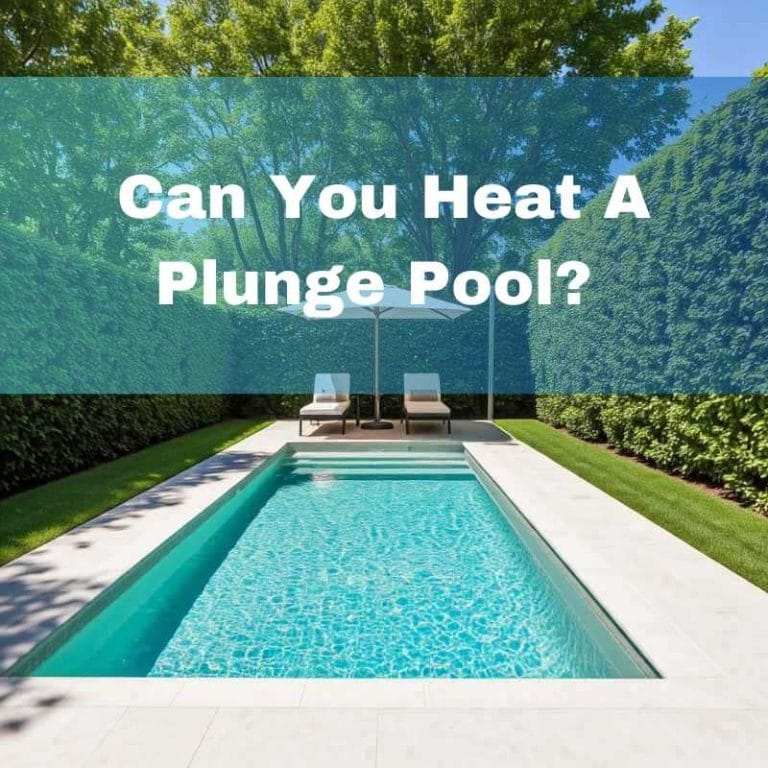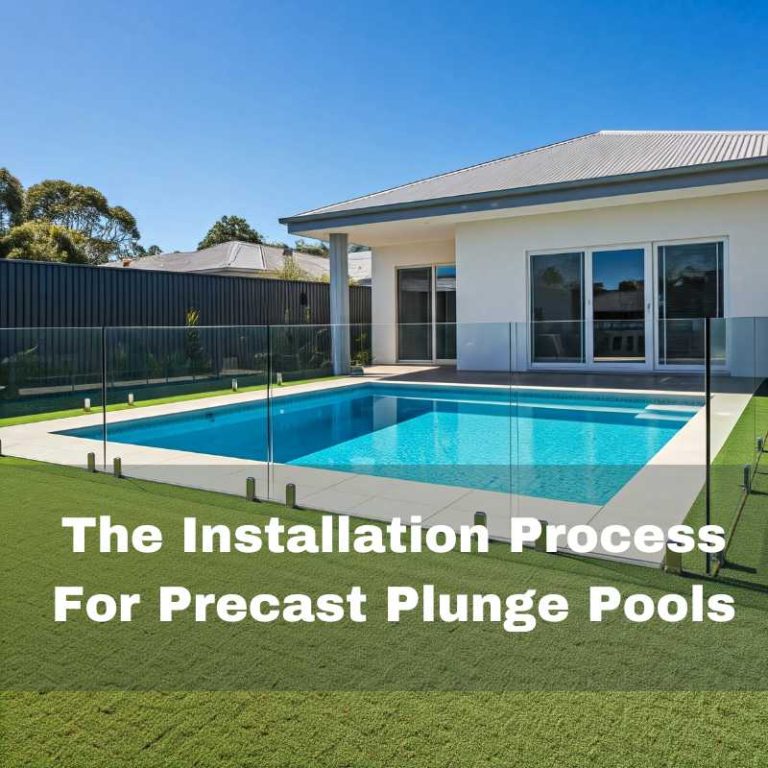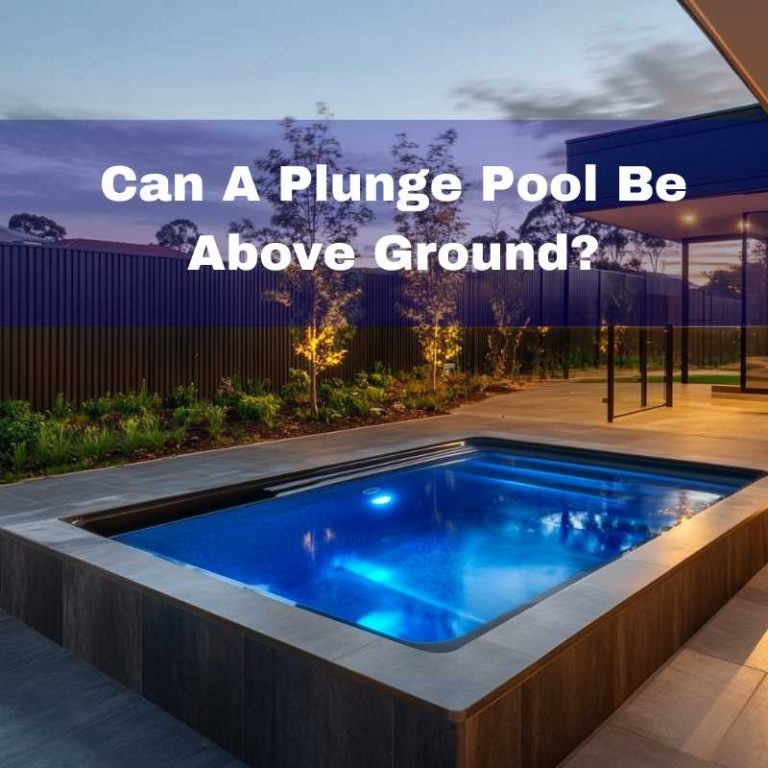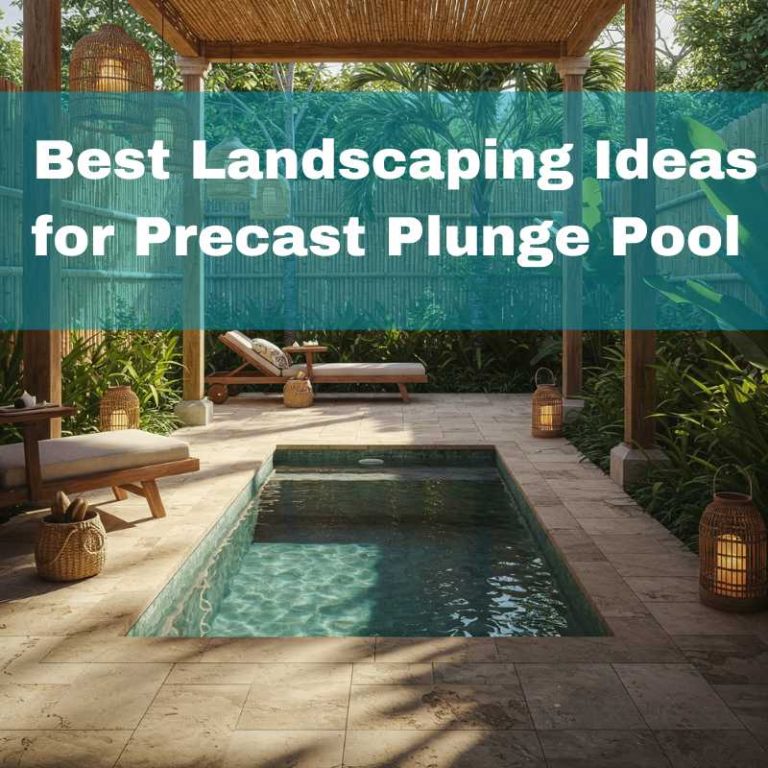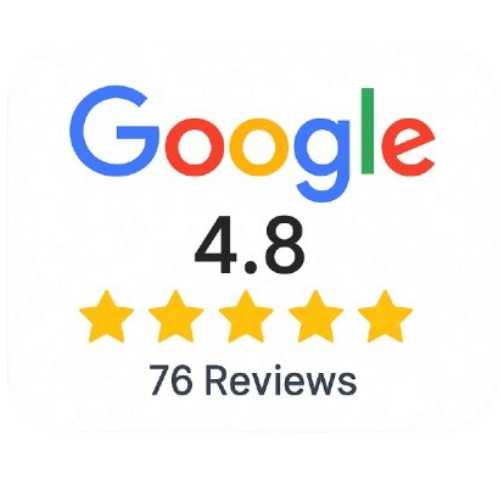At Plunge Pools Melbourne, we design and install above-ground pools that not only fit your space — but elevate it. From consultation to final splash, our team takes care of the entire process so you don’t have to worry about a thing.
In this guide, we’ll break down what affects the cost, walk you through the installation step-by-step, compare above-ground vs inground options, and cover maintenance tips too.
Table of Contents
ToggleWhat Is an Above Ground Plunge Pool?
An aboveground pool, particularly a plunge pool, is a compact swimming pool designed for exercise, relaxation, and cooling off on hot summer days. Unlike a traditional in-ground pool, a plunge pool requires far less space and landscaping, making it ideal for small yards or homes where privacy is a priority.

Why Choose an Above-Ground Plunge Pool Over an In-Ground Pool?
Lower Costs
An in-ground pool can push past $50,000, especially with heating, ventilation, and air conditioning add-ons, extensive plumbing, or elaborate deck (building) features. In contrast, aboveground plunge pools typically start around $3,000—leaving room in your budget for landscaping, lighting, and even a hot tub nearby.
Faster Installation
Most plunge pool installation projects wrap up within days, not weeks. This slashes project cost and ongoing pool maintenance, especially when compared to the complexity of in-ground pool installation. Expect to pay less for excavation and installation, and need fewer permits than with concrete or shotcrete in-ground pools.
Flexibility & Portability
Want to change your yard layout or move house? Aboveground pools (especially those made of fiberglass or stainless steel) can be relocated—a stark contrast to permanent concrete plunge pools. Whether your design leans modern or rustic, plunge pools adapt to your evolving landscape and privacy needs.
Minimal Excavation
Skip the canyon-sized hole. With less digging, your landscaping remains intact. You also avoid major plumbing work, preserving yard features like patio, fence, and kitchen areas. That’s a win for both your budget and deck (building) plans.
Regulatory Simplicity:
Yes, you’ll likely need permits (especially for fencing), but it’s nowhere near the red tape you’d face with a fully in-ground pool. So you cut through the process faster.
Want to dive deeper into the benefits of installing a plunge pool above ground? Check out our full guide exploring why it’s a smart choice for Melbourne backyards.
Average Above Ground Plunge Pool Costs in 2025
Plunge pool costs depend on materials, size, shape, and filtration systems.
Here’s a breakdown of plunge pool costs by material:
| Pool Type | Cost Range | Total Costs, Including Labour and Installation |
|---|---|---|
| Fiberglass Pools | $10,000 – $20,000 | Usually starts at $35,000 |
| Concrete Pools | $15,000 – $30,000+ | Usually starts at $35,000 |
| Custom Concrete Pools | Starts at $30,000 | Usually starts at $40,000 |
Factors That Affect Above Ground Plunge Pool Costs
Here’s the reality — the cost to build a pool isn’t some random number pulled out of thin air. Your pool depends on several factors, all stacking up to determine your final project cost.
1. Size of the Pool
Length matters. Smaller plunge pools keep pool cost low. But if you want a swimming pool big enough for water aerobics, sports injury rehab, or the whole family to enjoy, expect your plunge pool cost to climb. Depending on the size, the project costs to develop can double or even triple.
2. Material Choice
Your pool materials drive both installation costs and maintenance over time.
- Vinyl? Cheap upfront, but that liner will need replacing.
- Fiberglass? Higher pool cost upfront, but low pool maintenance thanks to a smooth surface that resists algae and reduces chemical substance use.
- Concrete? Maximum flexibility for design, shape, and landscape integration, but concrete plunge pools cost the most — both for materials and labor.
3. Site Preparation
Flat space? Lower plunge pool installation cost. But uneven yards, tricky landscaping, or plumbing issues? That’s where installation costs climb fast. Excavation and installation in tight Australia urban lots adds even more to your project cost.
4. Installation Method
Hiring a pool contractor? You’re paying for expertise, speed, and a clean installation process. Going do it yourself? You save money but take on all the risk — from plumbing mistakes to incorrect filtration setup. Either way, plunge pool installation has a cost to install — whether it’s your budget or your weekends.
5. Location and Access
If your yard has clear access, installation costs stay reasonable. Tight laneway? Obstructed space? Expect to spend as little as a few thousand — or as much as five figures — just to get the plunge pool into position. Complexity = extra cost.
6. Permits and Pool Fence Requirements
In Australia, you need proper fencing around the pool deeper than 300mm — no exceptions. That means pool fence costs plus permits cost, both part of your plunge pool cost. Skip these, and the fines will make your pool cost look cheap.
7. Features and Add-Ons
Want massage jets, heat pump for year-round swimming, or a deck (building) to create that backyard oasis? Every add-on — from lighting to a custom waterfall — adds to your total cost. Smart landscaping makes the plunge pool feel like part of the yard, but it’s not free.
8. Seasonal Use and Maintenance
Want heat for cold months? You’ll need a pool heater — electric, gas, or solar pool heater. Seasonal plunge pool maintenance also includes filtration, chemical substance balancing, chlorine or salt water chlorination, and even draining or covering the plunge pool when it’s not in use.
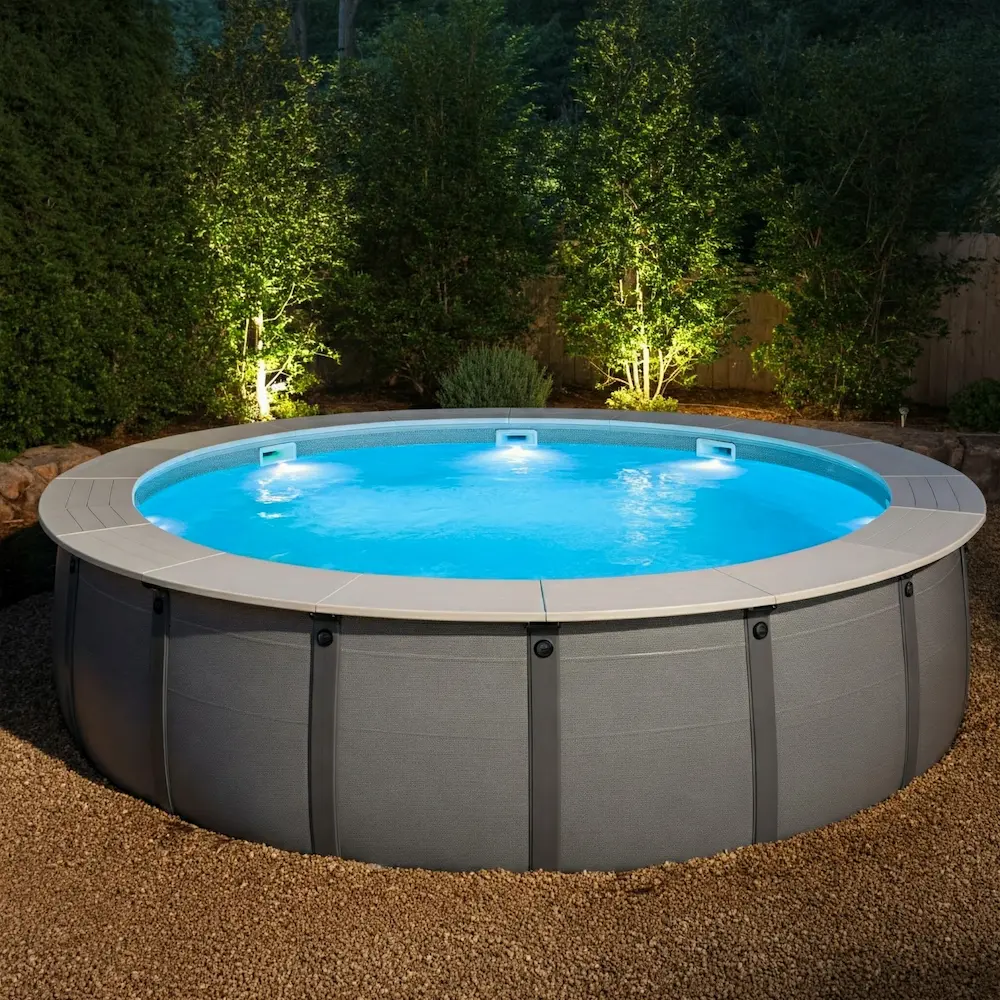
Materials and How They Impact Cost
Your pool materials are one of the biggest factors in your plunge pool cost — both upfront and long-term. Pick the wrong one, and you’ll either blow your budget upfront or bleed cash on maintenance for years. Here’s the breakdown.
Fiberglass Above Ground Plunge Pools
Pros:
- Faster installation – Prefabricated shell is delivered and installed quickly.
- Lower maintenance – Smooth surface resists algae, reducing cleaning time.
- Uses fewer chemicals – Requires less chlorine and other treatments.
- More durable than vinyl – Longer lifespan with fewer repairs.
Cons:
- Limited shape options – Factory-molded designs restrict customisation.
- Higher initial cost than vinyl – Costs more upfront but saves on long-term maintenance.
Concrete Above Ground Plunge Pools
Pros:
- Total design freedom – Any size, shape, or custom feature you want.
- Seamless landscape integration – Blends naturally into any yard or outdoor space.
- Extremely durable – Built to last for decades with proper maintenance.
Cons:
- Highest cost – Most expensive plunge pool option.
- Longer installation process – Requires curing time and skilled labour.
- Higher maintenance – Needs regular surface cleaning and water balancing.
Installation Process: Step-by-Step Guide for Above Ground Plunge Pools
1. Site Assessment:
First step — figure out exactly where this plunge pool is going. Your yard needs enough space, proper landscaping clearance, and no underground plumbing or utility lines waiting to wreck your installation process.
2. Ground Preparation
Pool installation starts with a solid, level base. Most aboveground pool projects use gravel, sand, or a concrete pad for support. Leveling isn’t optional — it’s what keeps your plunge pool stable, your water level even, and your pool maintenance headache-free down the line. Skip this step, and you’re inviting pain — literally and financially.
Planning your installation? Don’t miss our guide on common mistakes to avoid when placing your above-ground plunge pool — avoid costly problems before you even start digging.
3. Pool Delivery
Whether you’re going with fiberglass, vinyl, or precast concrete the plunge pool itself gets delivered next. Fiberglass plunge pools come in one piece, while some concrete or modular setups might need assembly. Expect to spend as little as a day on delivery — or longer if your landscape needs extra prep.
4. Placement and Levelling:
Set the plunge pool in place, then break out every spirit level you own. An uneven aboveground pool puts stress on the walls, the deck (building), and even your plumbing. It’s the easiest way to shorten your plunge pool’s lifespan. Depending on the size, this step could take an hour — or all day.
5. Plumbing and Electrical:
This is where it gets real. You’re installing filtration, connecting the pump, wiring any lighting, and hooking up optional pool heaters or heat pumps. If you’re not a licensed pool contractor, this is where hiring a pro (especially for electrical work) makes sense. Do it yourself saves budget upfront — but if you mess up plumbing or electrical, your project cost skyrockets later.
6. Filling and Inspection:
Start filling the plunge pool, but don’t just walk away. Watch for leaks, shape shifts, or settling in the landscape. Catching installation process issues now saves you from expensive maintenance or even a complete pool remodel cost later. Also — check temperature balance if your pool heater is already hooked up.
7. Fencing and Compliance
In Australia, any swimming pool deeper than 300mm legally needs a pool fence. It’s not optional — it’s the law. That means fencing with self-closing gates, compliant barriers, and the right height to protect any child on the property. Forget this, and your plunge pool cost suddenly includes hefty fines.
Above Ground Plunge Pool Permit Requirements
Don’t assume installing an aboveground pool in Australia gives you a free pass on permits. In Melbourne, councils have strict pool installation regulations — and they enforce them hard.
Fencing Compliance
Any plunge pool, swimming pool, or spa deeper than 300mm? It legally requires a compliant pool fence with self-closing gates and barriers designed to prevent child access.
Height and Volume Limits
Depending on your location in Melbourne or other parts of Australia, certain councils enforce height and water volume restrictions. Go beyond the allowed length, depth, or shape, and you could need an extra permit or face penalties. Even smaller backyard pools or hot tubs can trigger these rules, especially if you’ve added landscaping features like a waterfall.
Electrical and Plumbing Codes:
Adding heating, ventilation, and air conditioning systems, pool heaters, heat pumps, spa jets, or hydrotherapy systems? That’s all regulated work. Any plumbing or electrical installation tied to your plunge pool must meet Australian safety standards. Hire licensed pool contractors or electricians to avoid fines — or worse, unsafe systems that drive up your ongoing pool maintenance and electricity bills.
Above Ground vs In-Ground Plunge Pools: Side-by-Side Comparison
| Feature | Above Ground | In-Ground |
|---|---|---|
| Cost | Starts at $35,000, including labour and installation | Starts at $45,000, including labour and installation |
| Installation Time | Days | Weeks |
| Customisation | Moderate | Unlimited |
| Permits Needed | Sometimes | Always |
| Portability | Yes | No |
| Excavation | None | Required |
| Seasonal Use | Easy to store | Permanent |
| Property Value | Moderate | Higher |
Above-Ground vs. In-Ground Plunge Pools: Pros & Cons
Why Above-Ground Plunge Pools Win
- Cost-effective – No major excavation means lower upfront costs.
- Easier permits – Often skips complex council approvals.
- Faster installation – Get it up and running in days, not months.
- Portable – Some models can be relocated if you move.
Why In-Ground Plunge Pools Stand Out
- Boosts property value – A permanent feature that increases resale appeal.
- Unlimited design options – Shape, size, depth—completely customisable.
- Seamless backyard integration – Blends naturally into landscaping.
- Durable – Built to last, often with stronger materials like concrete.
Annual Maintenance and Operating Costs
Ongoing Costs to Expect
- $500 – $1,000 AUD per year for chemicals, filters, and basic upkeep.
- Higher electricity costs if using a pool heater.
- Occasional repairs for pumps, liners, or filtration systems.
Essential Maintenance Tips
- Balance your pH levels – Prevents algae, corrosion, and cloudy water.
- Keep the water clean – Skim debris, vacuum regularly, and use proper filtration.
- Maintain your pool equipment – Check pumps, filters, and heaters to avoid costly repairs.
- Winterise if needed – Cover or treat the pool during off-season months to extend its lifespan.
Cost-Saving Tips for Above Ground Plunge Pools
Want to keep more cash in your pocket? Here’s how:
- DIY what you can – If you can level the ground, read instructions, and handle basic tools, you’re saving money on plunge pool cost.
- Shop off-season – Winter’s slow for pool installation company sales. That’s when you buy kits, liners, pool heater, filters—everything.
- Always Get Multiple Quotes – Hiring a pro? Don’t accept the first pool contractor price. Make them earn your business.
- Start Basic, Upgrade Later – You can always add pool add-ons like pool heater, lights, or decking after the fact. Don’t over-customise upfront.
- Need to clean and balance the chemicals – Regular care saves thousands in pool maintenance later.
Aboveground pool can be affordable—but only if you play it smart.

Conclusion
Above ground plunge pools are hands down one of the smartest moves for Melbourne homeowners who want style, function, and affordability—without setting fire to their savings. You get all the benefits of a swimming pool, minus the six-figure pool cost of in-ground excavation.
If you’re ready to make it happen, contact Plunge Pools Melbourne today. We’ll walk you through picking the right pool type, installing it the right way, customising it to fit your style, and—most importantly—making sure your barrier and fence around your plunge pool are compliant so you don’t end up with fines (or a safety disaster).
People Also Ask
Can I install an above ground plunge pool myself?
Yes, you can install an above-ground plunge pool yourself, but we highly recommend having a professional handle the job—especially for concrete or fibreglass pools. Proper installation ensures structural integrity, correct leveling, and watertight seals, preventing costly mistakes down the line. A pro will also handle plumbing, filtration, and site preparation, saving you time, effort, and potential headaches.
How long does an above ground plunge pool last?
Above-ground plunge pools last 10-20 years—IF you actually take care of them. Buy quality upfront, maintain it consistently, and it’ll last way longer. Neglect it? It’ll fall apart fast. Simple.
Do above ground plunge pools add value to homes?
A well-installed, well-maintained plunge? It adds some value—especially if it looks good in your landscape. It won’t bump your price tag like a fancy in-ground pool, but it’s still a feature buyers notice. And it costs slightly less to install.
What’s the cheapest above ground plunge pool option?
Stock tanks and basic vinyl liner plunge pools win the price war. If you’re willing to handle some of the work yourself and change the sand and clean the pool, you could be installing for around $3,000. Cheapest way to cool off in summer without draining your bank account.
How do you winterize an above ground plunge pool?
Simple. Drain it. Clean it. Cover it. If you’re not taking it apart for storage, lower the water below the skimmer, toss in a winterizing chemical kit, and lock it down with a solid cover. Protect it from weather, and it’ll be ready to go next season.

